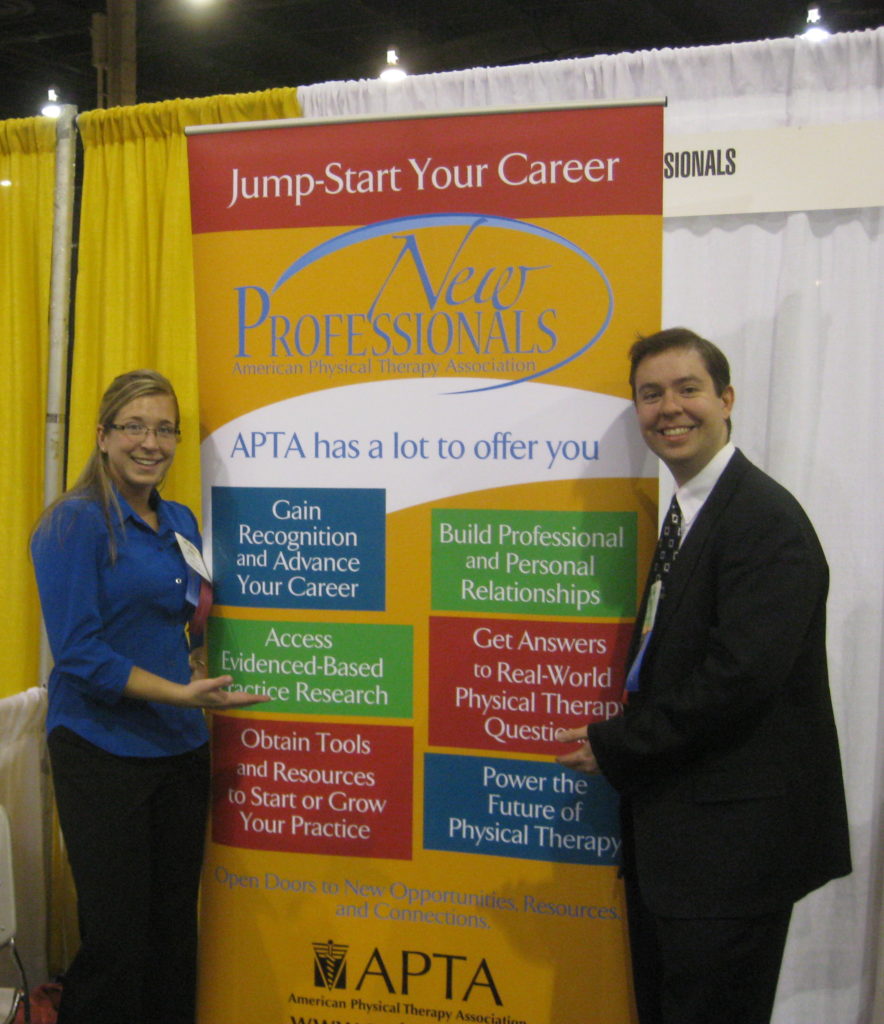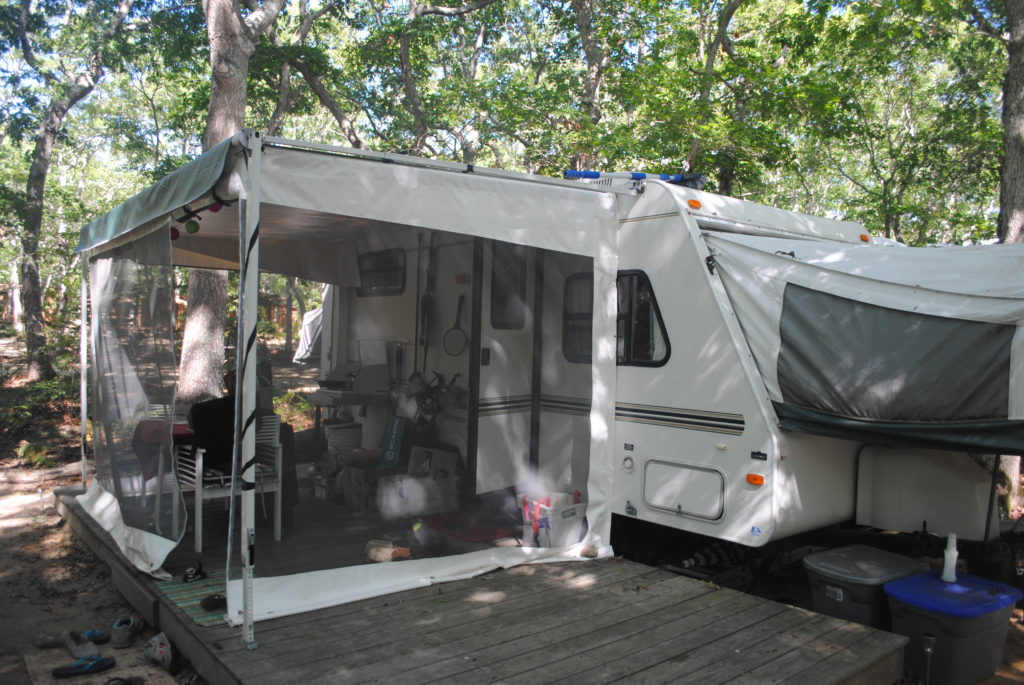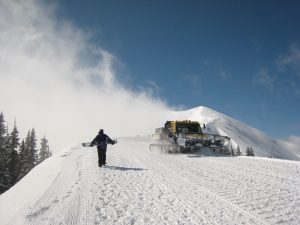
When I was a traveler, everything I owned fit in or on my Honda Accord. Now, just 2 years departed from travel, I have all this stuff. Most of it has a function, the things that don’t definitely have sentimental value. Regardless of it’s use or sentiment, all of this stuff is… here. In my house.
As I get ready to move from my current home to a bigger house with additional free space (which I’m sure I can fill-up quickly), I am reflecting on everything I own and how it came to be this way. I had great joy living in a camper for 5 months on Martha’s Vineyard. I lived out of 2 suitcases in Hawaii for 6 months – multiple times. A 5×5 storage area once contained all my wintertime equipment and toys – now they spill forth from every closet, rack, and corner.
As I lament my minimalistic-demize, I’ll share these tips with you for down-sizing and keeping small as you transition to your next travel assignment. Come on, Marie Kondo, hugging all my belongings? Ain’t nobody got time for that.
Rent Furnished
This one is easy. If you rent furnished apartments, you won’t need furniture or appliances. This simplifies everything as you move place-to-place. Simple.
Airbnb, Craigslist, and HomeAway make it easy to find furnished housing for the short-term. I always had good success in the local classified papers finding things like inlaw apartments above garages (Skowhegan, Maine for that one). Just hop on the interwebs and find the local paper for wherever you are headed and you should be able to access their classifieds online. There remains this percentage of people who haven’t discovered the ease of online buying and selling – you will find apartments in the local classifieds that aren’t listed anywhere else.

9 Month Rule
You’ve got this car full of stuff that you’re dragging around the country. Some stuff is seasonal in nature – for me, ski gear^, but 9 months should account enough for the change of seasons and activities. If you haven’t used something in 9 months, you don’t use it enough to justify bringing it from assignment-to-assignment. Ship it home, send it to a friend, or consider establishing a gear cache (below).
Ditch the Electronics
There is so much you’ll be tempted to bring that you don’t need. You don’t need a better TV. You don’t need to bring video games with you. Leave the DVDs behind. Eliminate all the stuff you might see as a nice luxury for downtime. Your furnished apartment will have an adequate TV. With subscription services, you can order up whatever you want for entertainment while you are on assignment. Besides, hopefully, you are going somewhere awesome that will keep you out of your home most of the time. Maybe with less in-home distractions, you’ll go on more outdoor adventures and make more friends while on assignment. Games, TV, movies, Facebook – it’s all a giant time-suck that doesn’t enhance your life.
One In, One Out
Once you have pared down your belongings to a reasonable amount, you must maintain that small volume. Don’t accumulate! It’s easy to let stuff start showing up and staying – you will regret it the next time you have to move, which may be sooner than you think in the world of travel. Follow the simple “one in, one out” rule – if you bring something in, something must go out!
Need a new shirt? That means one has fallen out of favor in the rotation. If you’re going to buy a new shirt, you have to throw one away. Of course, the more stuff we can keep out of the landfills, the better – always resell or donate. The same goes for anything else you want to buy – want a new book? Then something comparable has to leave. Easy peasy. You’ve been living just fine with what you have. If you get something new, something old must go.
Gear Cache – A place to keep some stuff

Some stuff you want for “someday,” but you just don’t need it on assignment. Maybe you’ll want it when you’re not traveling anymore and are more “settled”. I have this waist-high gold colored box that I just moved to the new house. I haven’t opened the box in years, but I can’t bring myself to toss it either. The box has old baseball cards, pictures from high school, a class ring… things of that nature.
There’s some stuff you’re going to want to keep, but absolutely can’t travel with. You need somewhere to stash it. Maybe there’s a space at your tax home where stuff can stay, or maybe you need to rent a small storage area. It doesn’t matter where your extra stuff goes, but hopefully it’s cheap in case it stays there for a long time. And, hopefully it’s accessible in case you decide you need something from your storage.
For traveling, you have to lighten your load. Otherwise, transitions between assignments will become overly burdensome. Ditch the stuff you don’t need, travel light, and happy Marie Kondo-ing if you have the spare time.
^Footnote:

I believe every avid skier should have at least 5 pairs of skis for a variety of conditions and activities:
- Rocks ski for the early season and questionable conditions.
- Everyday ski for you standard mid-season, good-coverage ski day.
- Powder ski for any epic pow-day, this ski should only be used with the correct combinations of conditions and skill-level.
- A.T. Set-up – Alpine Touring for back country skiing, traveling to snowy places by foot, or just to earn your turns.
- Cross Country For exercise when you can’t be on the hill.
This list is meant only as a bare minimum of the skis one should own and is no way meant to limit ski possession. ….perhaps this might explain something about my gradual fall from minimalism…. but what am I going to do? Give away my Powder skis!? Blasphemy.












